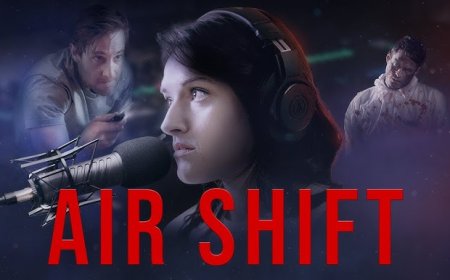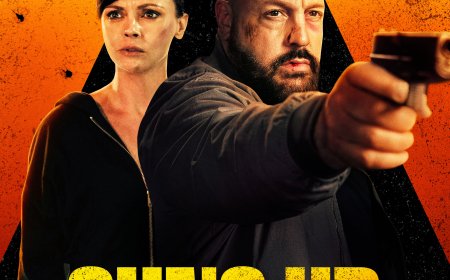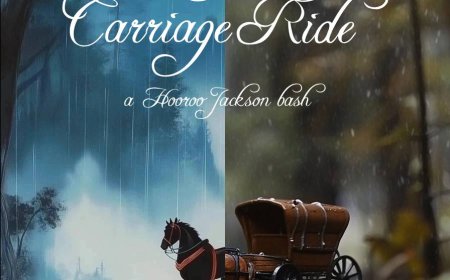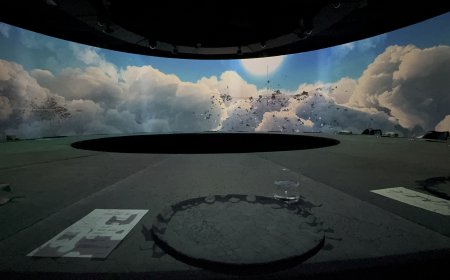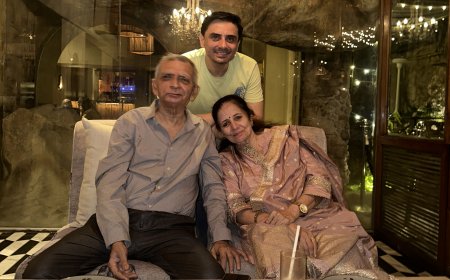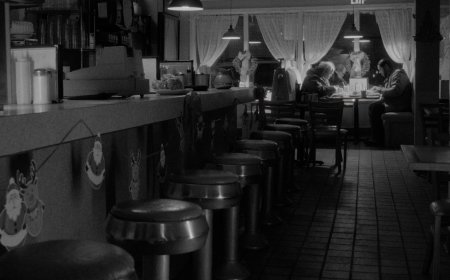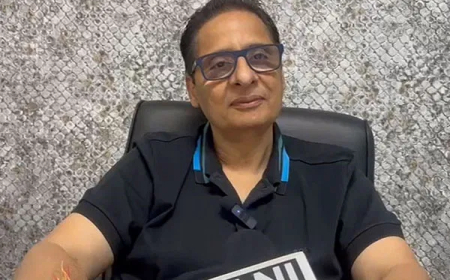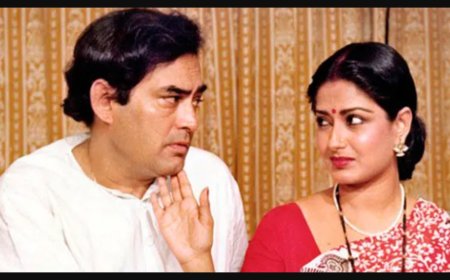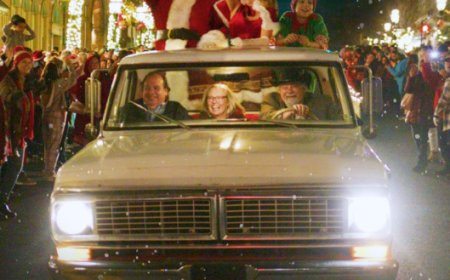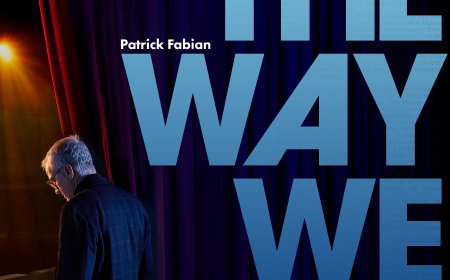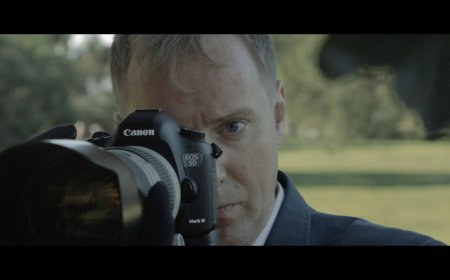Review of 'The War Between': When humanity beautifully intercedes in a war-torn land
The American Civil War and the harsh natural environs it is set it in causes the forging of unlikely bonds.
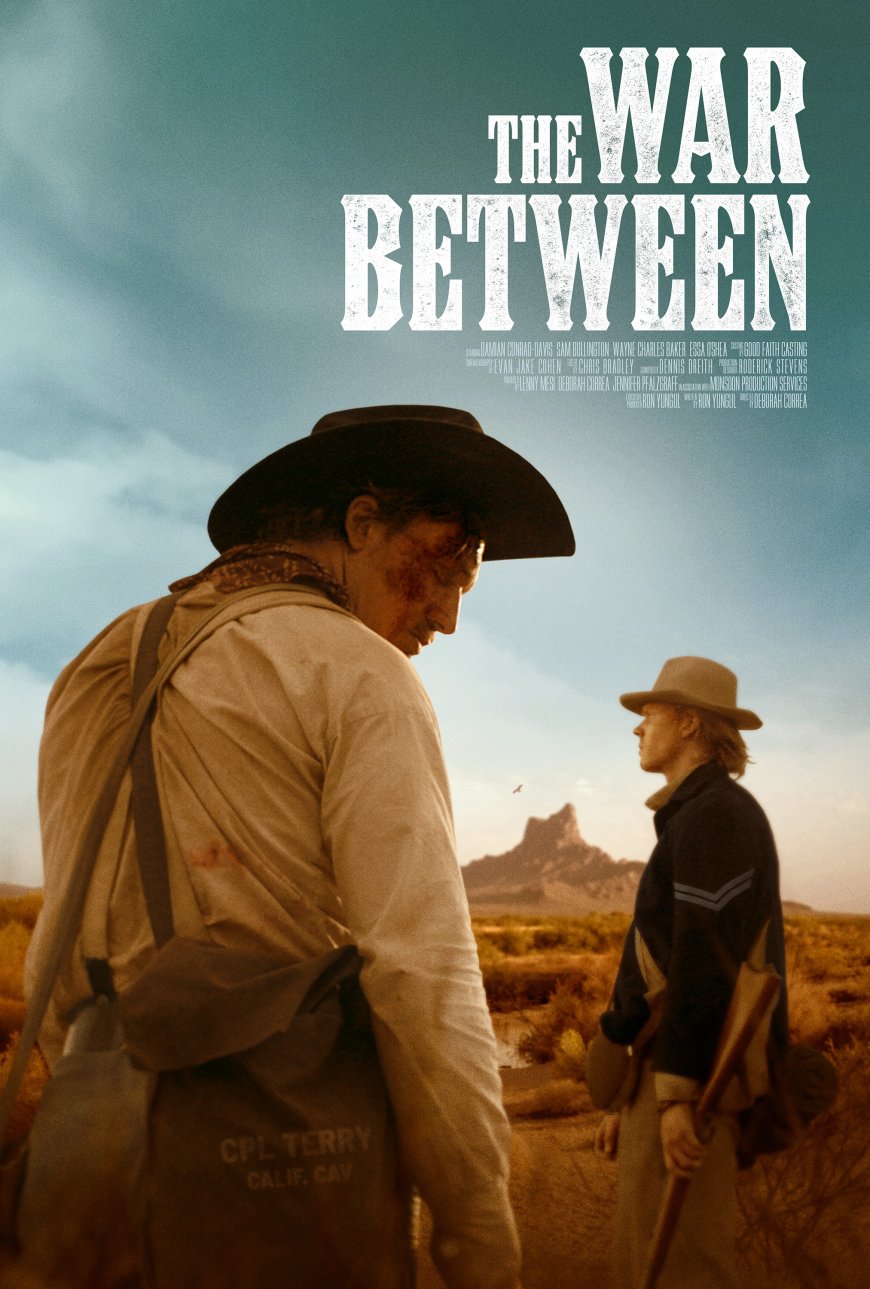
The War Between: When humanity beautifully intercedes in a war-torn land
Cast: Damien Conrad-Davis, Sam Bullington, Wayne Charles Baker, Essa O’Shea, Robert Peters, Tank Jones, Carson Rapsilver, Israel Alexander, Chris Cleveland, Tony Eckstat, Abe Ruthless, Paul Bloom, Bill Fortenberry, Chris James Rivera, Austin Buchanan, Johnny Kalita
Critic's Rating: 4 Stars out of 5
Director: Deborah Correa
Duration: 1 hour, 52 minutes
Genre: Drama, Western, War
Language: English, Apache
Release: 2024
What’s it about?
The American Civil War and the harsh natural environs it is set in causes the forging of unlikely bonds.
Review:
Is the desire to fight for one’s allegiance in a war greater than the will to survive for one’s kin? And when circumstance brings us face-to-face with the enemy in a forlorn environment, is it possible for humanity and reciprocity to prevail? These are the powerful themes explored effectively in this compelling new “war” film, which could just as easily fall into the genres of “western” and “drama”. What’s more, The War Between almost earns itself a place on the same shelf as classics like Little Big Man (1970) and Dances With Wolves (1990) - in its endeavour to humanise the Native American.

Set against the backdrop of the American Civil War, this film opens amid the dry bush landscape of Arizona where a California Volunteers army officer - Israel Terry (Damien Conrad-Davis) - barely survives an attack. Incurring an injury to the head and consequently some memory loss, he crosses paths with another soldier - Moses Jennings (Sam Bullington). This strange acquaintant claims to have been taken prisoner and released on “parole”. While the two are suspicious of each other’s identities and motives, they are compelled to join forces against the threat of Apache tribesmen in the region. With rations fast depleting, the duo follow a coach trail only to arrive at a pillaged and abandoned settlement. Here’s where the plot thickens.

The contentious issue of slavery sparks an emotional exchange between Israel and Moses before a gun-discharging Apache on horseback arrives on the scene. The face-off with the unwelcome visitor (Wayne Charles Baker) surprisingly doesn’t lead to murder and the White men uncover some startling truths about their would-be assailant. What follows is an unlikely symbiosis which aids the trio toward dealing with their respective predicaments. This unique interdependence between the three parties - in their quest to confront various perils and return to safety - is as moving as it is gripping. But will this unity in adversity prove successful? And will Terry fulfill his promise of reuniting with his wife (Essa O'Shea) and his Black associate (Tank Jones)? There is enough of action and epiphany to keep the viewer riveted all the way to the poignant conclusion.

The film’s dialogue exudes a literary quality courtesy Ron Yungul, whose script is imaginatively transferred to the screen by producer-director Deborah Correa. The movie also boasts characters that are richly detailed, helping to underscore their actions and desires. The War Between’s acting is adequate if not brilliant, with Baker’s blasé depiction of a tribesman-on-a-mission being the standout. There are times when the two leads are a little incoherent, but this is perhaps owing to the disorientation that their roles demand. Though there are no stunning sets of epic magnitude, the modest costumes and production design are good enough to transport the audience to 1862.

Meanwhile, the cinematography scores handsomely in its captivation of desolate scenery and a bygone era. Plus, a recurring country-and-western guitar makes for appropriate cinematic music. Placing the Native American as an unsung hero here is evident expiation for their unfair and commonplace depiction as bloodthirsty savages in American celluloid. The numerous burials in the film perhaps serve as a motif signifying that it is time for the U.S.’s warring communities to bury the hatchet. While the film’s ending might not satisfy all viewers, most will leave feeling content from being a part of a complex conflict and conciliation.










